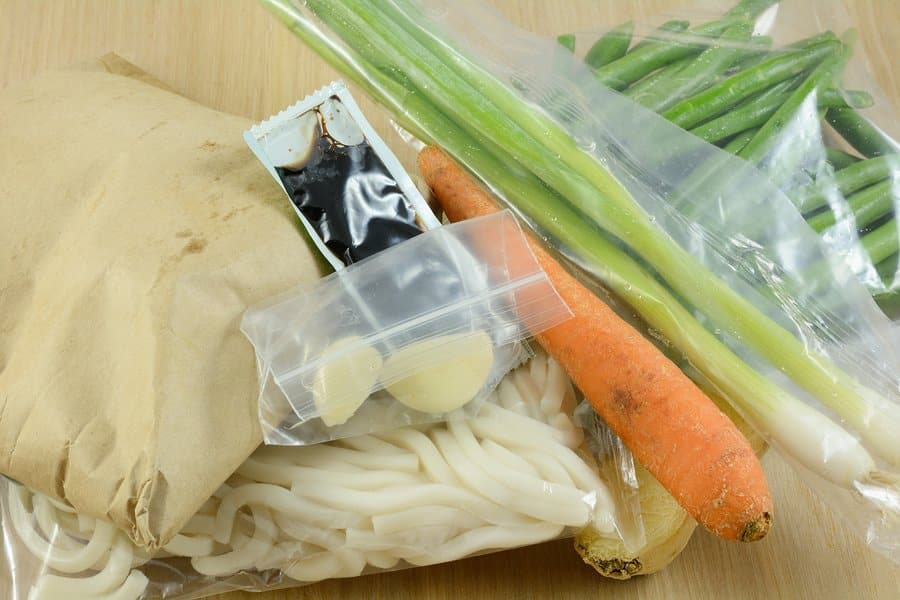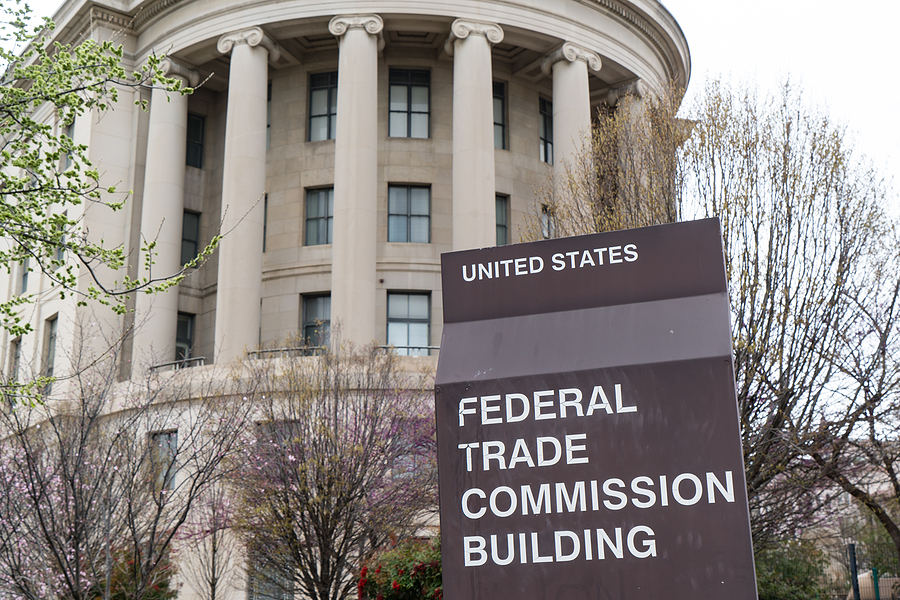
What We Can Learn from the Subscription Meal Kit Flameout
Just a few years ago, meal kits were the hot, new trend in food. Investors were throwing checks at the startups in the space, consumers were buying them en masse, and hordes of new companies with niche areas of focus were popping up to cater to specific dietary needs. Well, a lot has changed since then. Blue Apron, the industry leader, lost more than 200,000 customers between September 2017 and September 2018. They've also seen their stock price tumble from $10 at the time of their IPO in June 2...
HELLO!
This premium article is exclusively reserved for Subscription Insider PRO members.
Want access to premium member-only content like this article? Plus, conference discounts and other benefits? We deliver the information you need, for improved decision-making, skills, and subscription business profitability. Check out these membership options!
Learn more about Subscription Insider PRO memberships!
Already a Subscription Insider PRO Member?
Please Log-In Here!
- Filed in News, Subscriber Only








